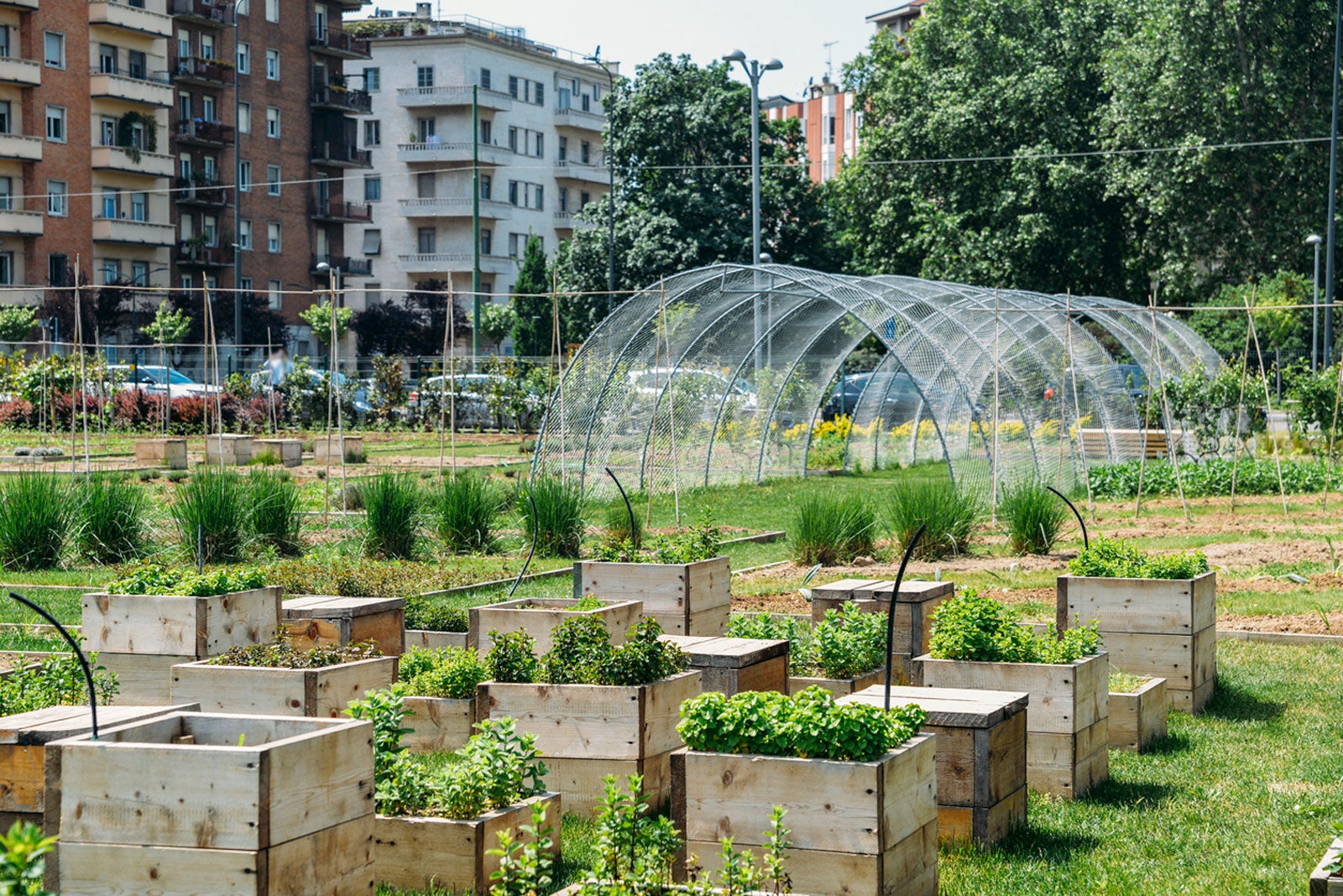Our City Blooming Statements
Our City Blooming Statements
Blog Article
The 25-Second Trick For City Blooming
Table of ContentsEverything about City BloomingWhat Does City Blooming Mean?The 2-Minute Rule for City BloomingCity Blooming for DummiesOur City Blooming PDFs
Fascinated in expanding food for sale in the City of Chicago? Thinking of beginning a neighborhood garden? Adjustments to the Chicago Zoning Regulation enable agricultural usages like neighborhood gardens and urban farms in many components of the city. Below is a listing of often asked concerns pertaining to the policies and policies that growers need to take into consideration when intending a metropolitan farming job.
The zoning change does not modify any kind of other codes managing composting, building authorizations, buying or renting City owned residential property, business licenses or ecological contamination. There are existing codes that regulate these issues and they continue to be completely impact and might apply to your task. Neighborhood yards are generally had or taken care of by public entities, civic organizations or community-based companies and maintained by volunteers.
Urban farms expand food that is intended to be sold, either on a not-for-profit or for-profit basis. Due to their industrial objective, urban farms call for a business permit. Yes. A community garden is enabled to market excess produce that was expanded on website if the sales are accessory or secondary to the yard's primary objective described above.
City Blooming Fundamentals Explained
Composting is permitted yet just for plant material that is generated and used on site. The quantity of garden compost material can not exceed 25 cubic yards at any offered time according to the criteria in 7-28-715 of the City's Municipal Code. Yes. Due to the fact that the soil at many new yard websites needs modifying, garden compost, soil, timber chips, or various other materials can be acquired to create or improve the growing room - fruit and vegtables.

If a structure authorization is needed then the hoophouse will certainly be taken into consideration an accessory building. You can find out even more about the structure authorization demands by calling the Department of Structures. The 25,000-square-foot size limit is planned to avoid a single area garden from controling a provided block or diminishing the block's existing residential or business character.
The limit does not put on gardens situated in Public Open Space (POS) areas. Can there be greater than one community yard that is 25,000 square feet on a single block? Yes. The dimension limit relates to specific gardens, not to specific blocks. No. Fencing is not called for, nevertheless, gardens that have big parking lot might be called for to set up secure fencing or various other landscape design features.
Getting The City Blooming To Work
B1 & B2 areas require that all commercial usage activities be performed inside your home. Is fence required for urban ranches? Fences may be called for, along with landscape design and screening, for certain car parking locations and outside work or storage space locations depending on location and the details task taking location.
Yes. Urban farms need building licenses and zoning authorizations before building. Other forms of city review might be called for depending upon particular structures, activities, dimension, landscape design, licensing, public heath and stormwater management issues. A number of these requirements are determined in the job design or permitting procedure, nevertheless, the candidate might be liable to independently identify details licenses or permits that might be called for.
Yes. The sort of license is identified by what is taking place at the website. The Department of Business Matters and Consumer Security can help establish the particular sort of company permit that's needed. Yes. Off street parking is required for many business tasks in Chicago. The needed variety of vehicle parking spaces is based on the variety of employees working on website and not the square footage of the growing room.
City Blooming Fundamentals Explained

Yes. A metropolitan ranch can market compost material created dig this on site, nevertheless, the procedure must follow the regulations in 7-28-715 of the Chicago Municipal Code. Yes. Aquaponic systems are enabled inside your home on city farms in numerous zoning areas. A zoning testimonial and structure license is called for in order to install structures or systems and a company license is needed as explained over.
Up to five hives or swarms of honey might be maintained as an accessory usage. Nevertheless, beekeepers need to sign up with the Illinois Division of Farming. For more details about the proposed zoning change you might get in touch with the Department of Real Estate and Economic Growth, Bureau of Preparation and Zoning at 312.744.8563.
Farming in cities and urban areas An urban ranch in Chicago. Urban agriculture describes various methods of cultivating. https://cityblooming3.wordpress.com/2024/06/27/city-gardening-cultivating-green-spaces-in-urban-jungles/, processing, and distributing food in metropolitan locations. The term likewise uses to the location activities of pet husbandry, aquaculture, beekeeping, and cultivation in an urban context. Urban farming is differentiated from peri-urban farming, which takes area in rural areas at the side of suburbs.
Not known Facts About City Blooming
It can include a motion of organic growers, "foodies" and "locavores", that seek to develop social media networks founded on a common principles of nature and neighborhood holism. These networks can establish using formal institutional assistance, becoming incorporated right into neighborhood town preparation as a "transition community" movement for lasting urban growth.
Some of the very first proof of urban farming comes from Mesopotamia.
Report this page